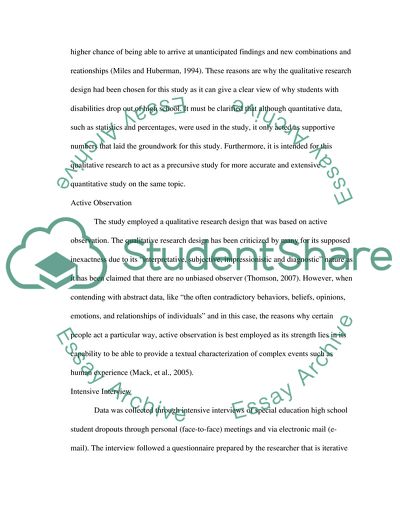Cite this document
(“Special Education Essay Example | Topics and Well Written Essays - 3750 words”, n.d.)
Retrieved from https://studentshare.org/education/1567666-special-education
Retrieved from https://studentshare.org/education/1567666-special-education
(Special Education Essay Example | Topics and Well Written Essays - 3750 Words)
https://studentshare.org/education/1567666-special-education.
https://studentshare.org/education/1567666-special-education.
“Special Education Essay Example | Topics and Well Written Essays - 3750 Words”, n.d. https://studentshare.org/education/1567666-special-education.


